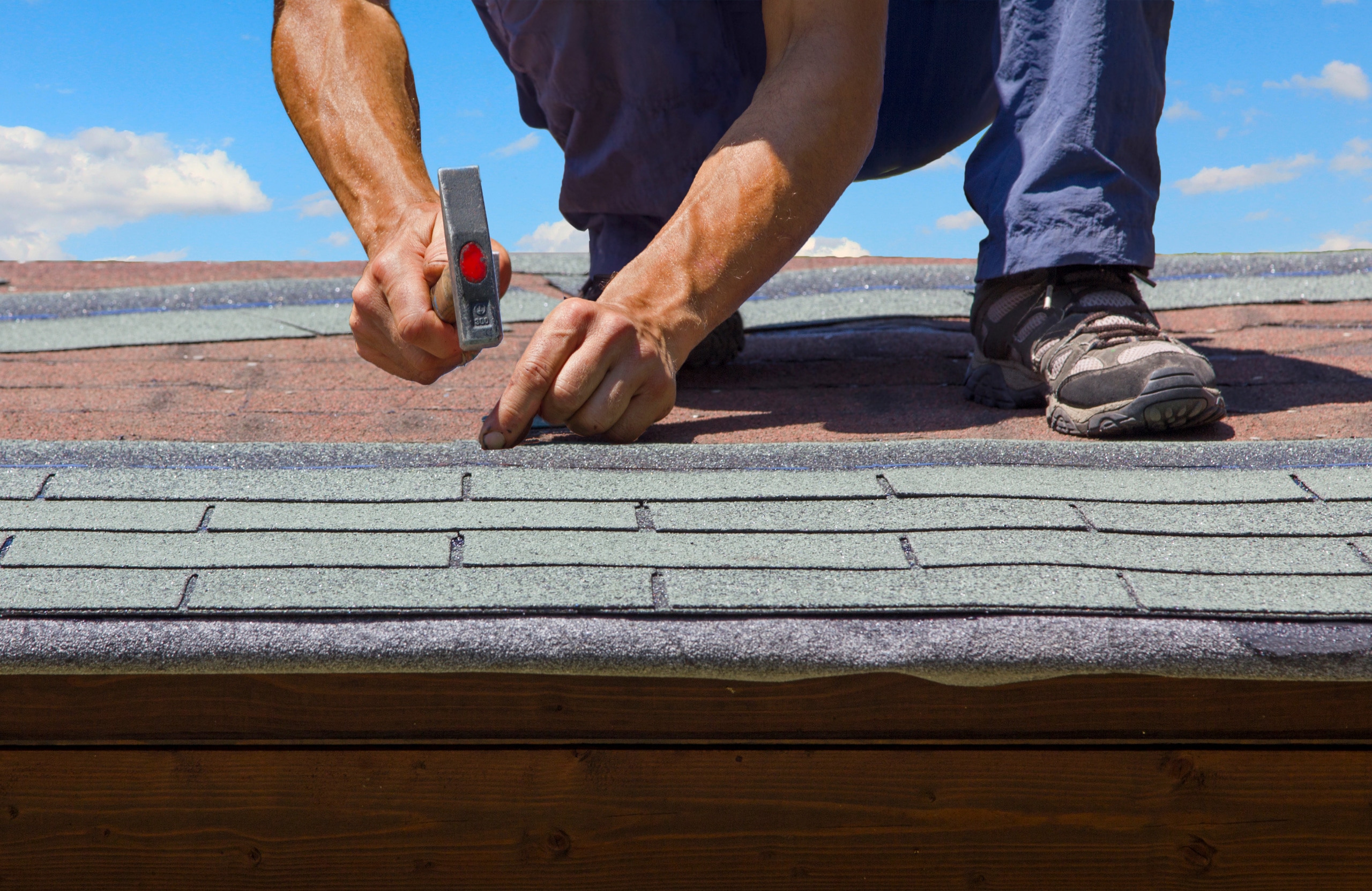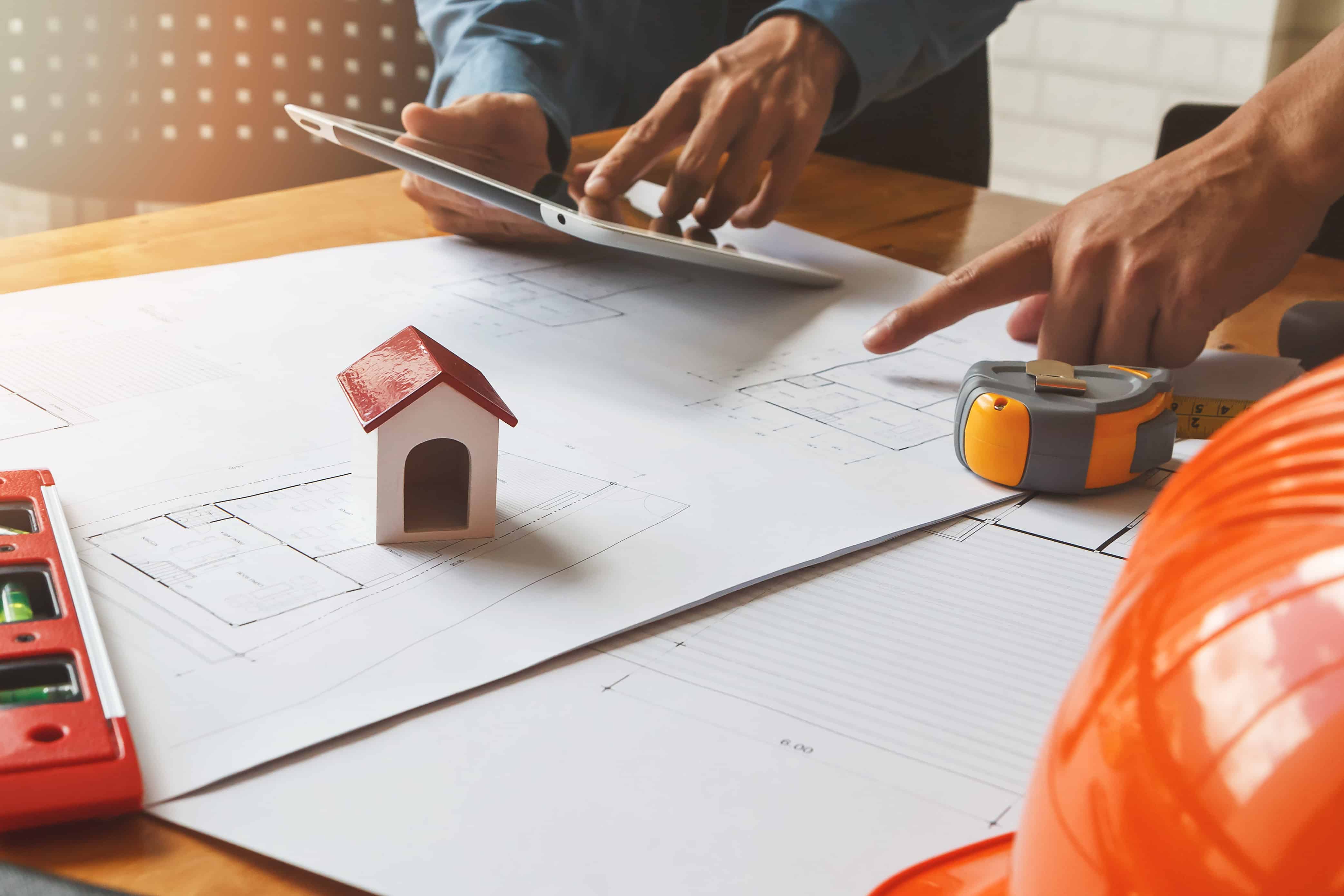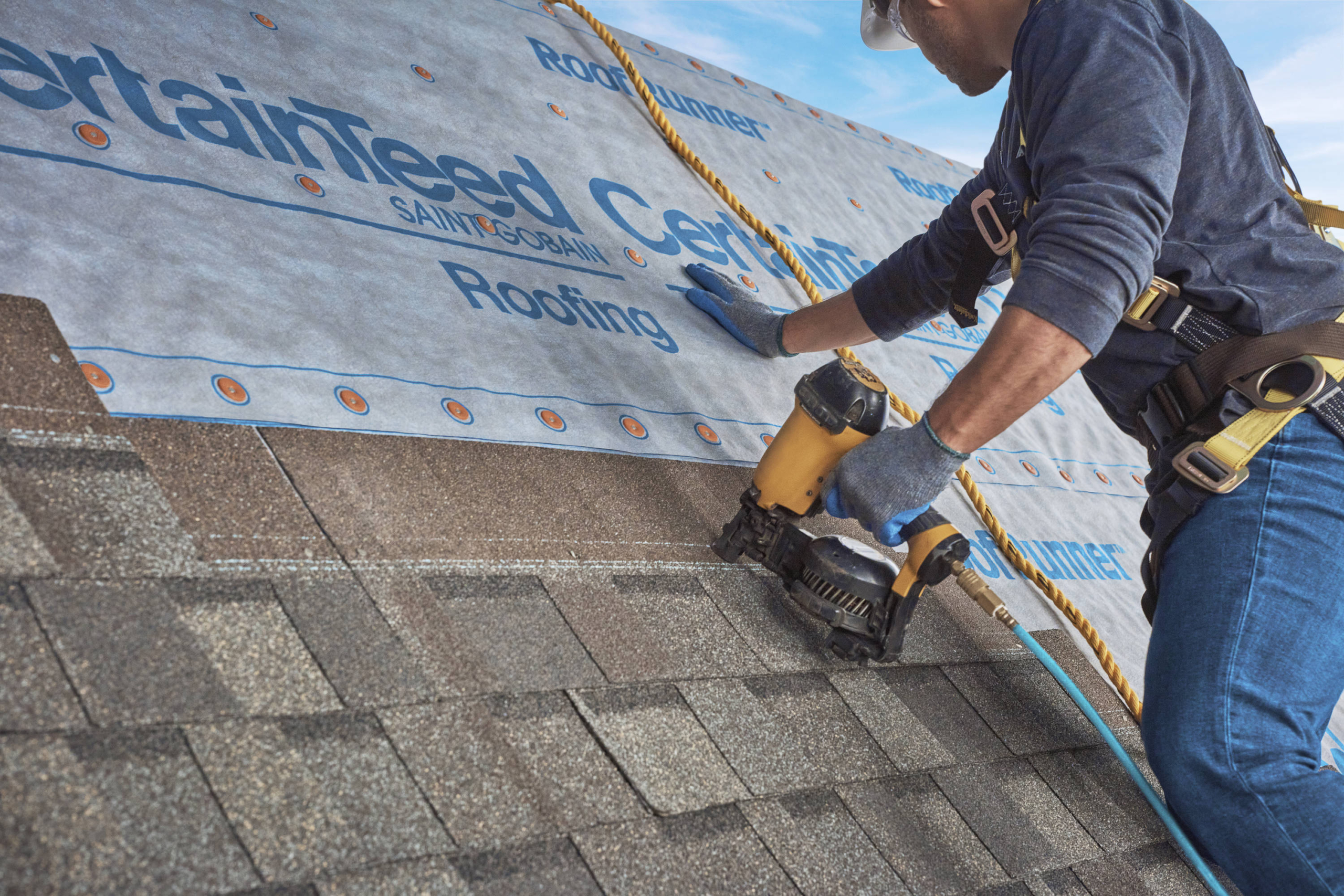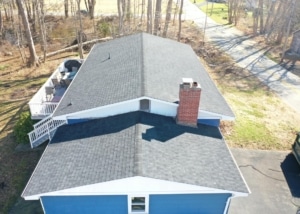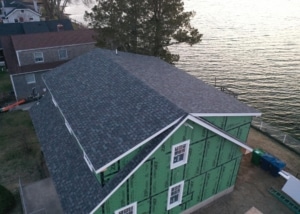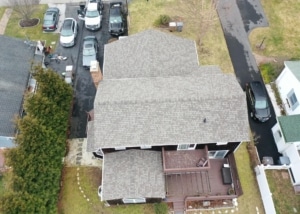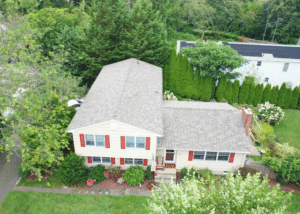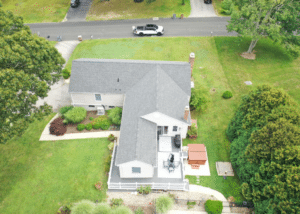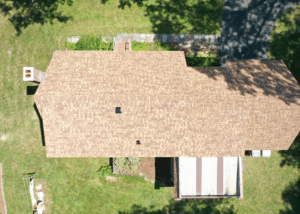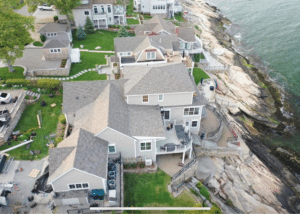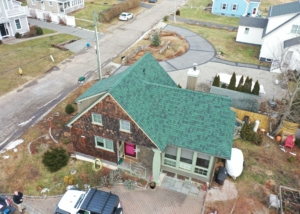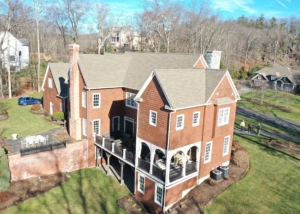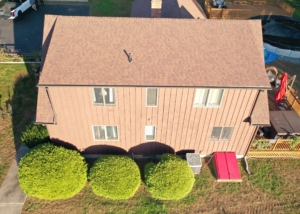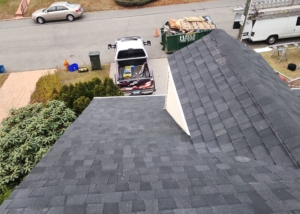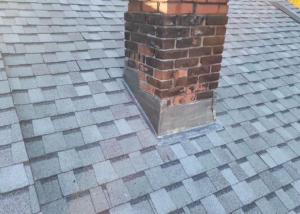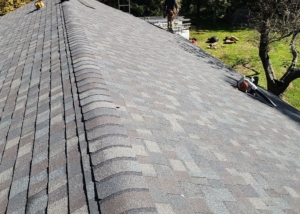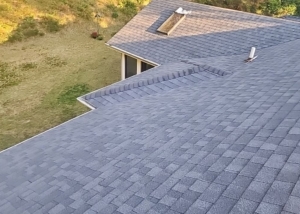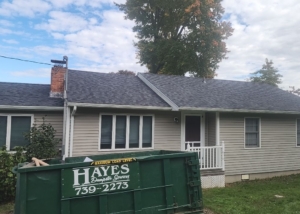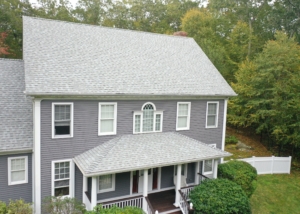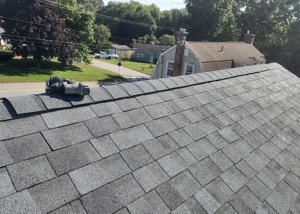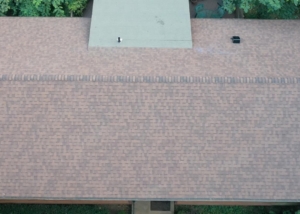Common roofing problems in New England can be largely preventable with some planning and some little bit foresight. A variety of factors can and will impact your roof’s durability over time: this includes the quality of the original install, proper roofing products for the building, consistent maintenance, and the weather.
We have provided eight roofing problems that are common for homes in the New England. Each of these problems is treatable for the most part and without a major roofing overhaul.
Problem #1: Major or minor roof leaks
No matter the size of the leak, any type of roof leak is a problem for your home. This is something you will want to have fixed as soon as possible. The weather in New England is constantly changing no matter the season. So making sure all leaks are taken care of is very important for your home
Solution: Having an ongoing preventative maintenance program for your roof can eliminate or reduce leaks as well as minimize water penetration in the interior of your home.
Problem #2: Blow-offs or billowing
This can occur if the original roofing material isn’t properly adhered to the substrate. Having a single-ply roofs allows for more of a risk for blow-off and billowing. For those unaware blow-offs and billowing here is a reminder. Billowing is the rise or roll in large waves or it is to bulge or swell out.
Solution: Repairs and/or new membrane. You will want to make sure your roofing contractor provides the proper specification or building code for your area when installing a new roof.
Problem #3: Improper installation or workmanship
Having your roof installed improperly can increase the possibility of problems. This is also a way for your roof’s life expectancy to be reduced. Poor workmanship tends to be one of the more common problems one faces with their new roof.
Solution: You will want to communicate with your contractor and see if they work with a roofing manufacturer that will warranty the installation. In addition, you should obtain a specific checklist to the roofing system installed that should be used for information-gathering (data-collecting) and reporting.
Problem #4: Ponding water
The National Roofing Contractors Association classifies “undesirable” ponding water as standing for more than 48 hours. Within the roofing industry there is a “deep” in regards to pond water and this goes beyond moisture on the roof. Ponding water that is 1″ deep actually weighs 5.2 lbs./square foot. The additional weight of this load can pose a threat to the structural integrity of the building and roof.
Solution: You will want to look into ways to address proper drainage on the roof. This might require adding roof drains or using tapered roof insulation. You should also be sure to double-check flashings.
Problem #5: Punctures and other penetrations
For those with single-ply roof systems, there is a possibility of damage from foot traffic. This can be very problematic.
Solution: You should limit the amount of foot traffic on your roof. If you do have contractors or other personnel on your roof then you should perform regular inspections.
Problem #6: Improper repairs
Not all roofing repair materials are created equal. If you use materials that are not intended for your specific roof then this can result in permanent damage over time. This means using materials that are not intended for roof application.
Solution: Ask your roofing contractor if they are certified by the manufacturer to install and repair your roof. This is critical for commercial roofs.
Problem #7: Shrinkage
Single-ply roof types are very unique. If you inspect onto your EPDM roof, then one of the first things you’re going to look for is any evidence of shrinkage. There are two common signs of shrinkage on a roof: flashings pulling away from the wall or curb, and crazing and cracking of uncured membranes.
Solution: You should be conducting regular visual inspections. Some experts will recommend performing a minimum of two inspections a year. If that isn’t possible, then you certainly want at least one performed annually. You never want to assume that your roof is doing fine and having an inspection done regularly can help keep you aware of the condition and stop potential problems before they begin.
Problem #8: Blistering, ridging, splitting, and surface erosion
Even those these issues are commonly found with BUR roof systems, they can also happen in some single-ply systems.
Solution: Do your homework and do research on the contractor you are going to be hiring. Have they worked in the area? Have they installed the roofing system you are considering before? You should always make sure you select a certified and licensed roofing contractor before installing your new roof.
Call us:
At BP Builders we know about roof repairs. We also know when to replace a roof. Ask for our advice. Call us today for all your roofing needs.

